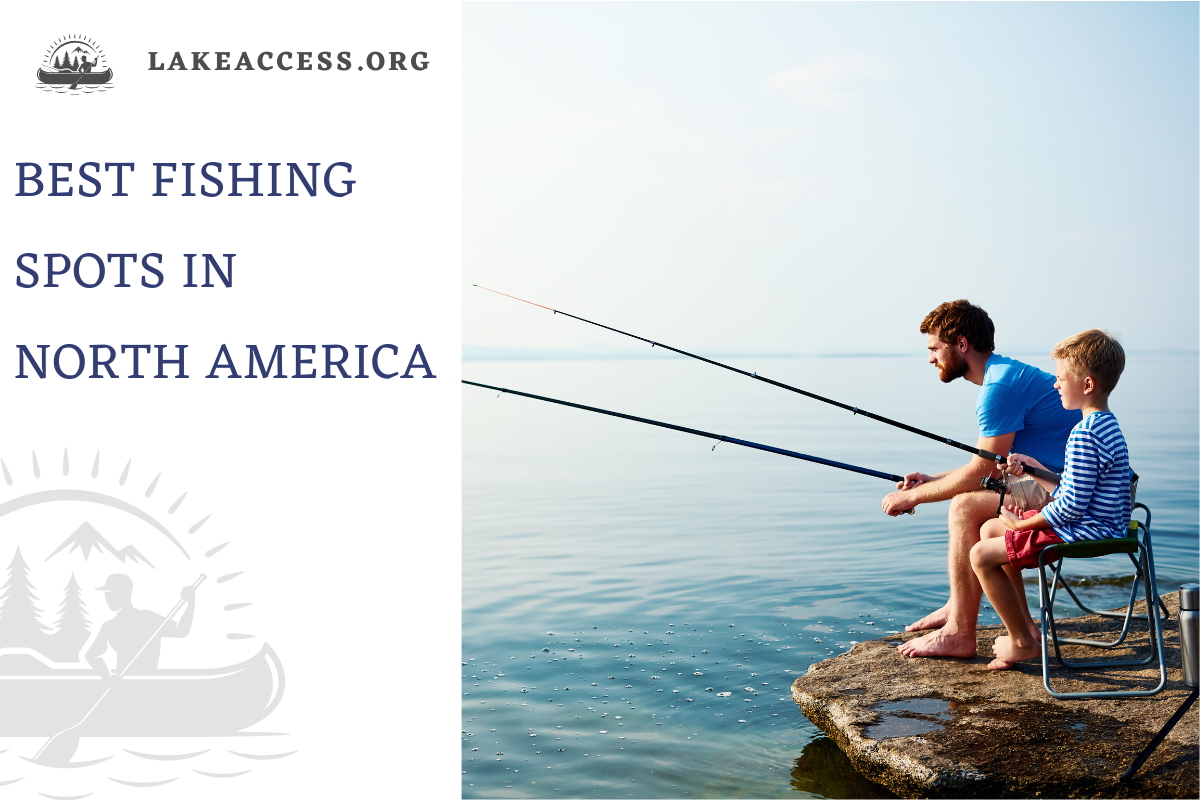Fishing is one of the most popular outdoor activities in North America. According to the U.S. Fish and Wildlife Service, over 41 million people in the United States alone fish every year!
Whether you’re a seasoned angler or just getting started, there’s nothing quite like the thrill of hooking a big fish. If you’re looking for some of the best fishing spots in North America where you can catch trophy-sized fish, look no further!
In this article, we’ll share our top 10 picks for the best fishing spots in North America. We’ll also give you some tips on what type of gear to bring and what kind of fish you can expect to catch at each location.
So grab your tackle box, and let’s go fishing!
The ten best fishing spots in North America
Grand Lake, Colorado
Grand Lake, Colorado, is a great fishing spot due to its large variety of fish species and deep natural waters. The lake allows canoes, rafts, and small to medium-sized boats for easy access. It is known as one of the best fishing lakes in Colorado for trout, such as brown trout, rainbow trout, brook trout, and kokanee salmon.
Grand Lake is located in North Eastern Colorado near the Wyoming border, and it is one of the state’s deepest natural lakes with an estimated depth of over 600 feet (182 meters). The best time to go fishing is from late May to mid-September. A Colorado fishing license is required.
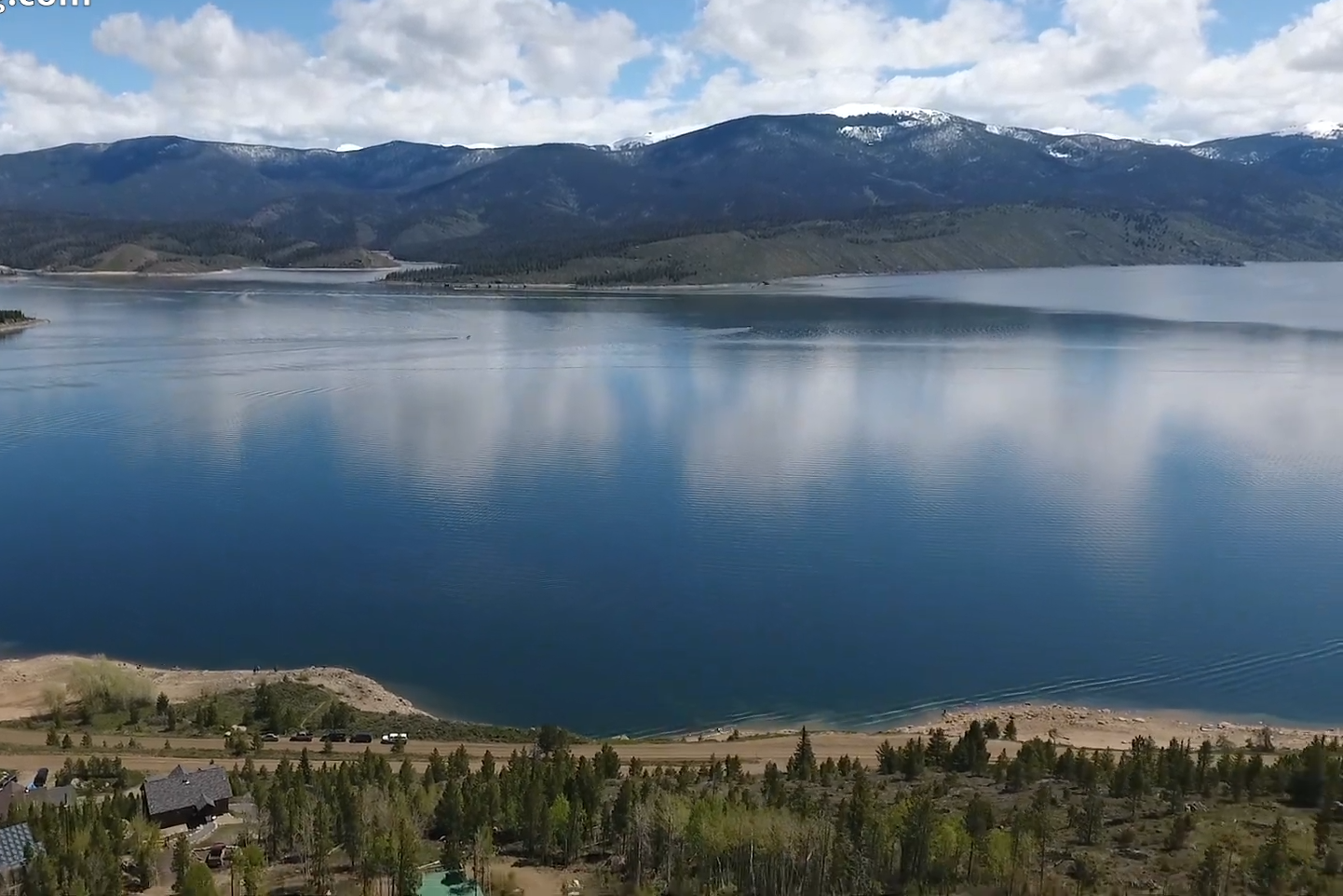
Otter Creek, Vermont
Otter Creek offers something for everyone. Whether you’re looking to fly fish, spin, or bait cast, spots along the entire river are ideal for trout fishing. Additionally, Otter Creek is fed by cold and warm tributaries, which means it has a diverse range of fish species, including brown trout, brook trout, rainbow trout, northern pike, carp, smallmouth bass, largemouth bass, yellow perch, white perch, and landlocked Atlantic salmon.
Otter Creek flows 122 miles from the Green Mountain National Forest to Lake Champlain, making it Vermont’s longest river. Otter Creek can be accessed from several locations along its length, including Eagle River at exit 44 off Interstate 70 (Gold Medal section) and Red Sandstone Creek junction with Gore Creek near Vail Ski Resort (end of Gold Medal section).

Lake Champlain, New York/Vermont
Lake Champlain is an excellent fishing spot due to its wide variety of fish species, its location between New York and Vermont, and its proximity to backpacking opportunities in the Adirondack and White Mountains. Northern pike, bass, Atlantic salmon, pickerel, carp, bullhead, and more can be found within the lake’s 280,000 acres. Anglers across the Northeast have praised it as one of North America’s most prolific bass fisheries due to its mountainous surroundings. Additionally, it is not just a single species that call Lake Champlain home – over 93 species live here!
Lake Champlain is located a half-days drive from Philadelphia, New York City, and Boston, making it easily accessible for visitors from all around. Furthermore, there are many activities nearby, such as biking or hiking, making this area even more attractive for tourists looking for an active vacation away from home!
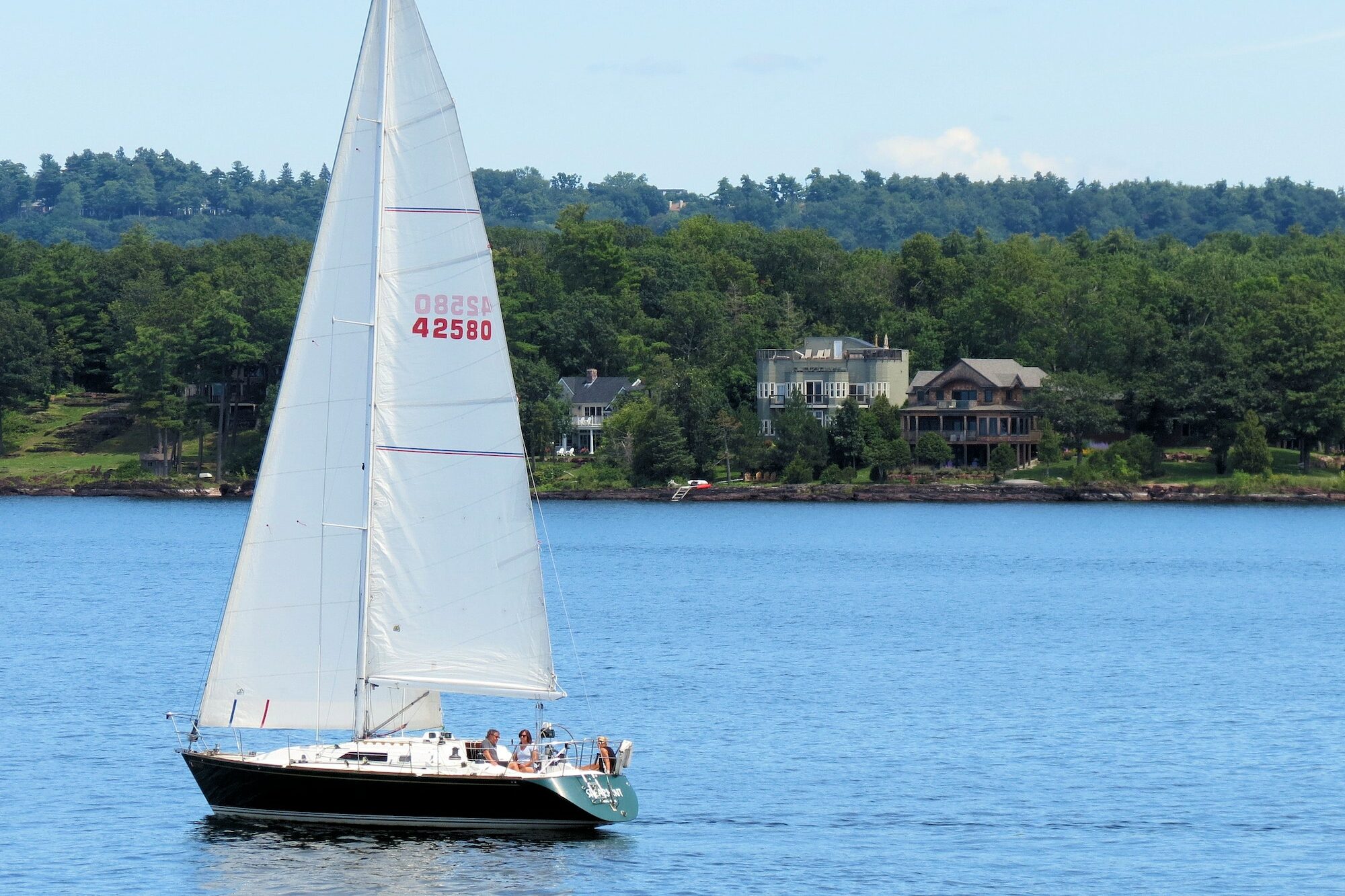
Lake Erie
If you’re looking for some of the best fishing in North America, look no further than Lake Erie. This massive body of water is home to a variety of fish, including bass, walleye, and perch. The best time to fish here is in the spring and summer when the water is warm, and the fish are biting.
Some of the best spots to fish at lake Erie include Presque Isle Bay, Erie’s outer harbor, and the Allegheny River. There are also many charter boats available that can take you to the best fishing spots on the lake.
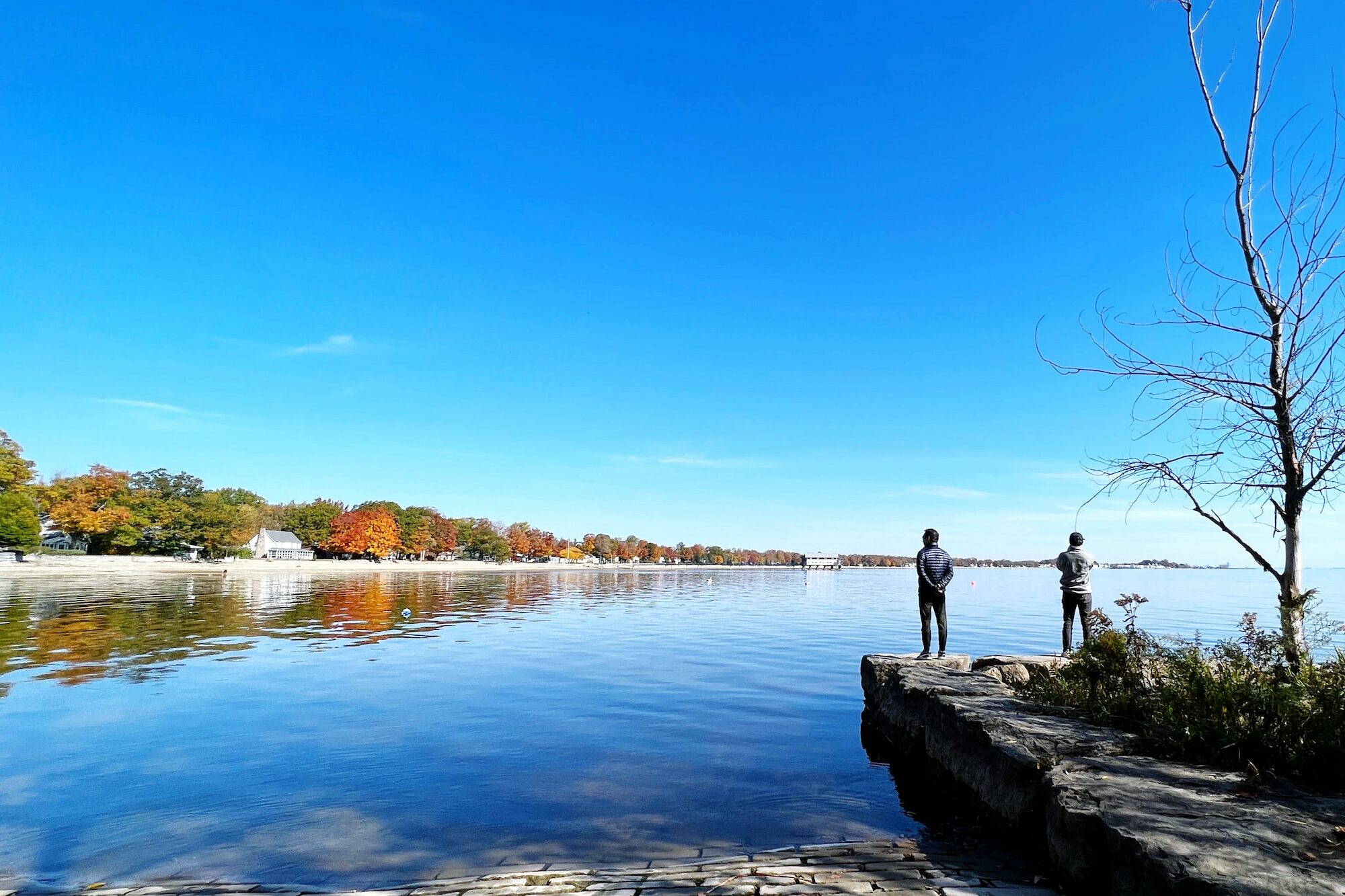
Williams River, Vermont
The Williams River, Vermont, is a great fishing spot due to its large fish population and beautiful scenery. It is a challenging river for anglers willing to wade through deep holes to catch trout, smallmouth bass, rainbow trout, and rainbow smelt. Additionally, the Little Kanawha River, which is a tributary of the Ohio River, also offers muskies that are as giant as they are plentiful.
The Williams River flows approximately 25 miles through Chester and Bartonsville in Vermont. The Little Kanawha River winds through six counties in West Virginia before it reaches its confluence with the Ohio River.
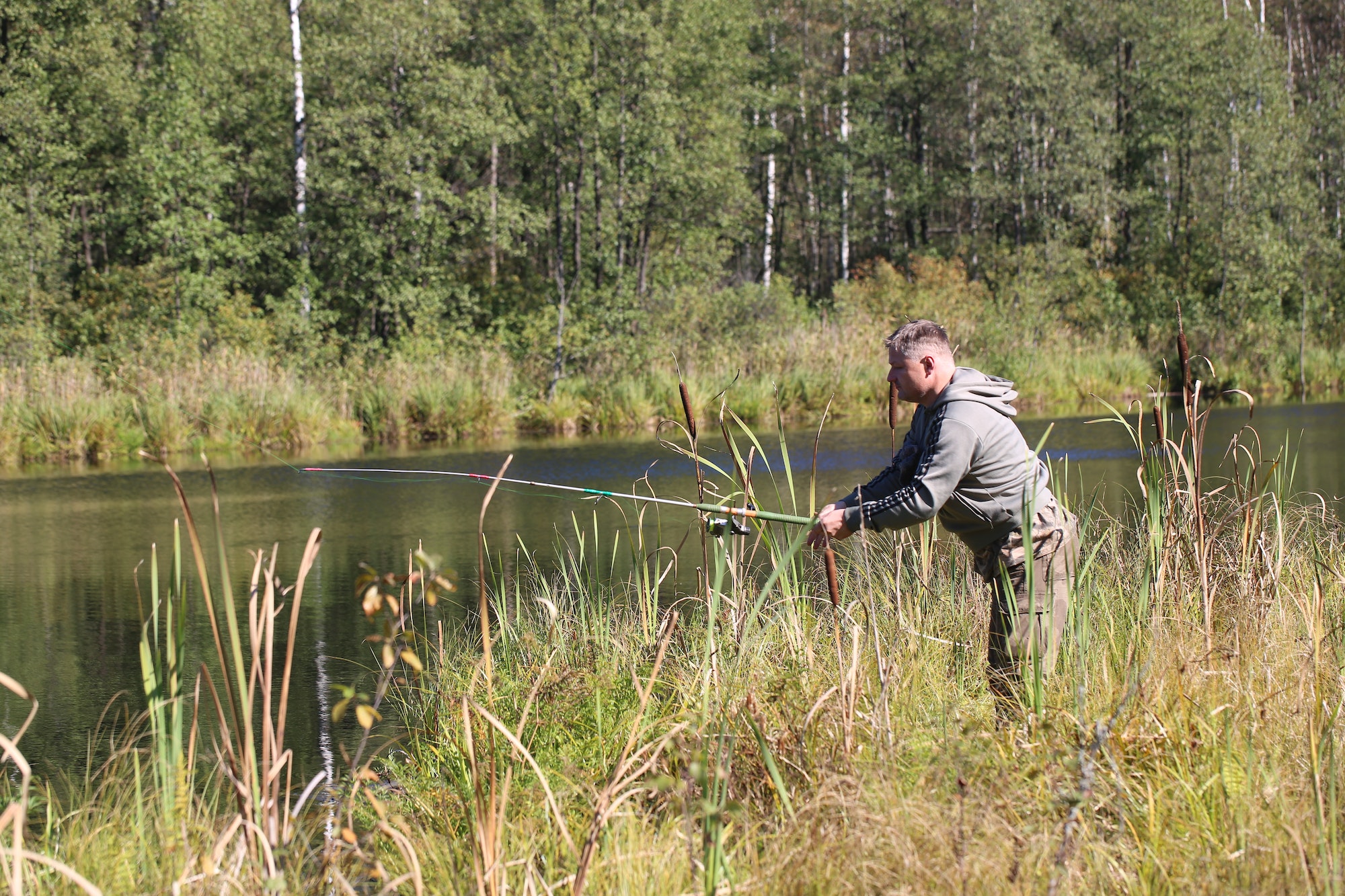
Lake Winnipesaukee, New Hampshire
Lake Winnipesaukee in New Hampshire is a great fishing spot because it has a depth of 200 feet and covers an area of 72 square miles, making it one of the largest lakes in the state. It offers many opportunities for anglers to target bass, trout, sunfish, perch, salmon, and pickerel. WINNI DERBY is an annual three-day event that attracts many anglers who want to participate in this exciting competition. Additionally, plenty of public access points around the lake for boating adventures or just leisurely fishing trips.
Located in central New Hampshire near the towns of Moultonborough and Tilton, with access points at numerous locations around its shores, including Gilford Island Park & Marina, which has over 400 slips available for rent!
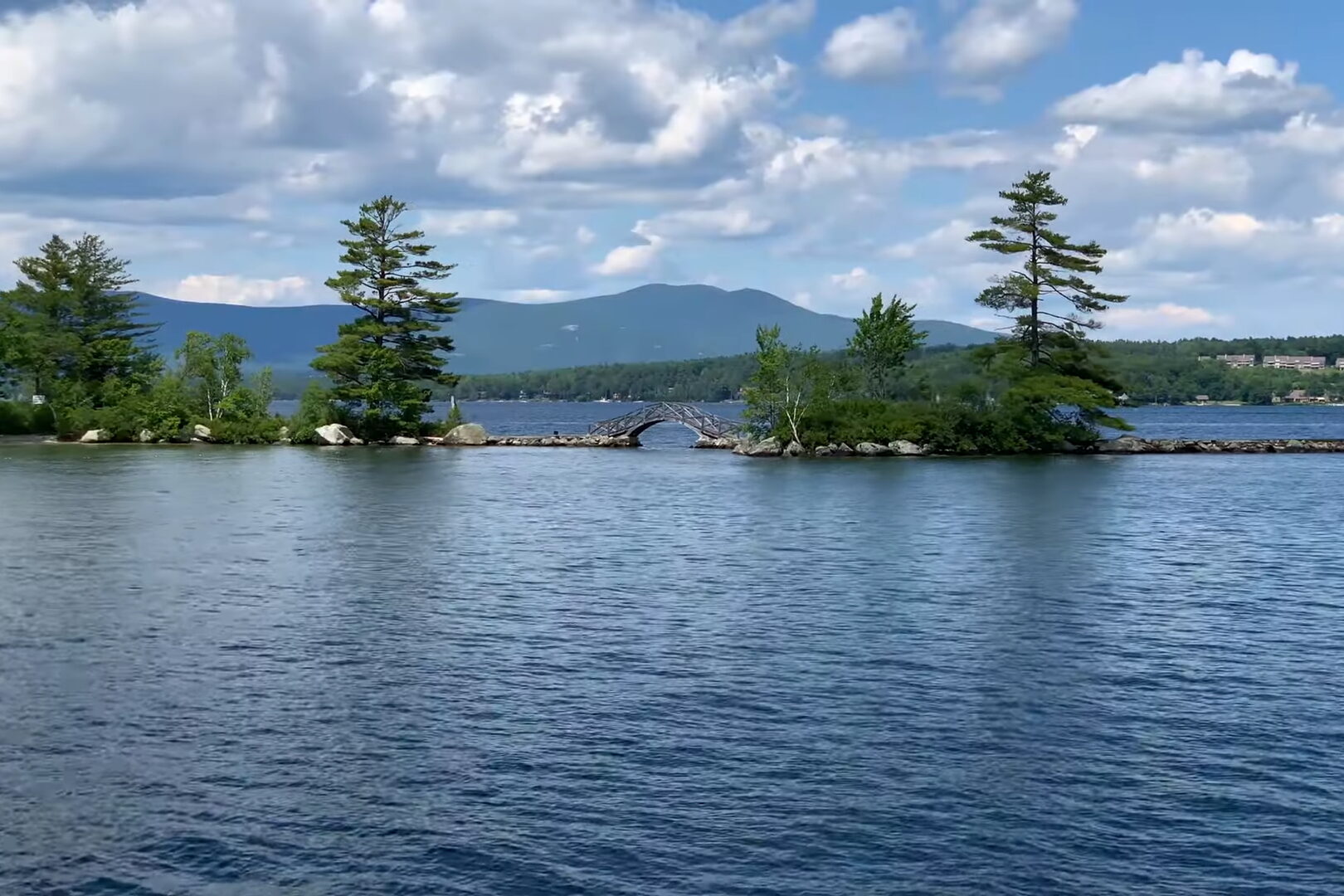
Clear Lake, California
Clear Lake is a great fishing spot because it offers a variety of fish species, including largemouth bass, crappie, bluegill, and channel catfish. These fish can be found in large numbers, and the lake is known for its healthy populations. Furthermore, Clear Lake has over 100 miles of shoreline, which makes it ideal for boating trips and team bass tournaments such as the clear lake oaks Glenhaven catfish derby.
Clear Lake is located in California and has an area of over 100 square miles making it California’s largest natural lake. In addition to this information, you will need a license from the fish & wildlife department before you can start fishing here – you can purchase one at Bait & Tackle on Clear Lake.
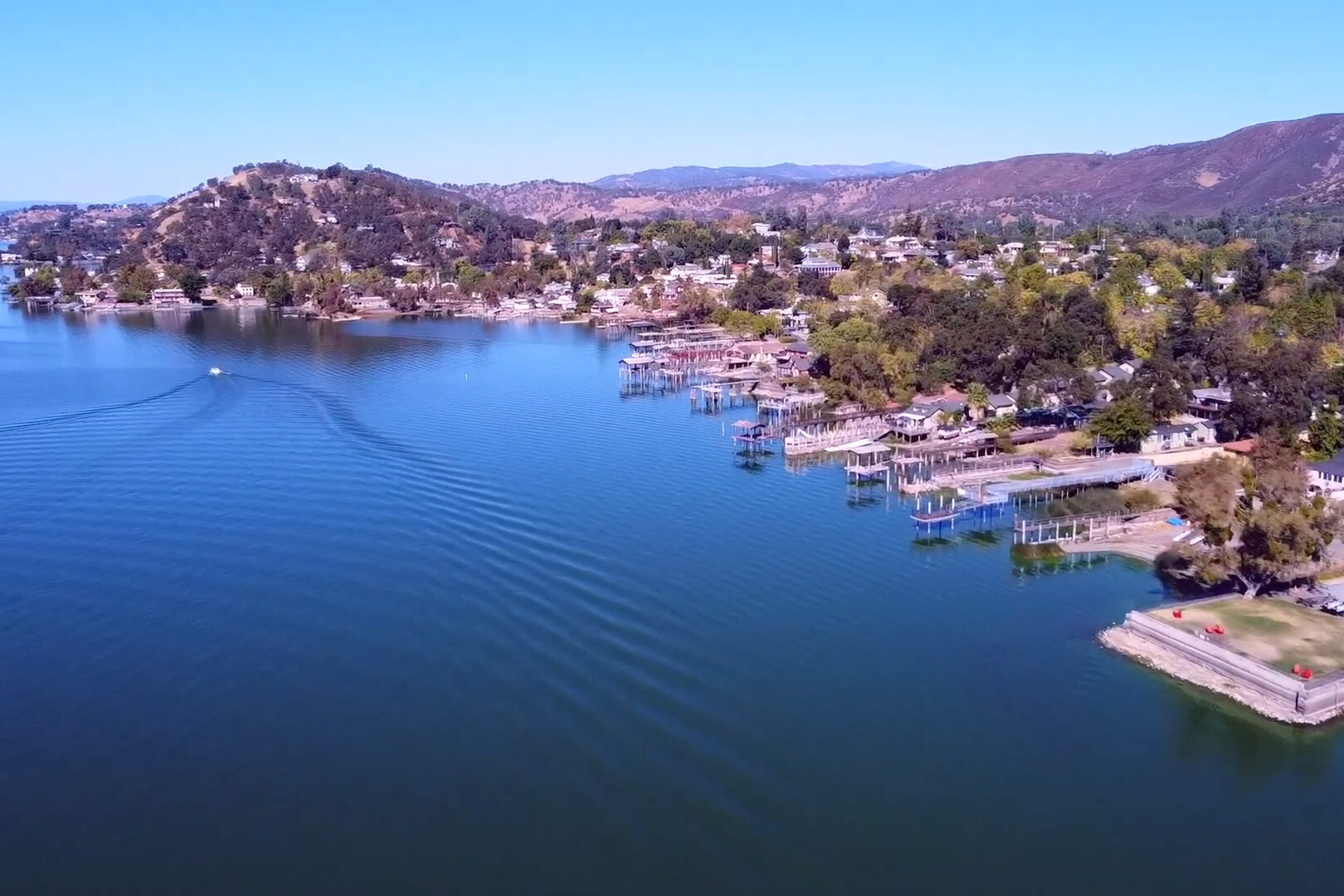
Lake of the Woods, Minnesota
Lake of the Woods, Minnesota, is a great fishing spot because it has high numbers of walleye, sauger, pike, muskellunge, sturgeon, smallmouth bass, jumbo perch, and crappie. It is also known for its unmatched ice-fishing experience, which attracts anglers from all over North America. With plenty of campsites and resorts nearby and access to modern amenities like electric outlets at some sites., Lake of the Woods offers an unforgettable experience for any fisherman.
Lake of the Woods is located on the Northern side of Minnesota near other popular fishing destinations such as Northwest Angle Campground (for campsites with electric outlets), Gunflint Trail (for luxury lodges and resorts), Angle Inn Resort (for exclusive accommodations) as well as Lake Superior – king of Great Lakes – which can be visited during this trip to North Star State.
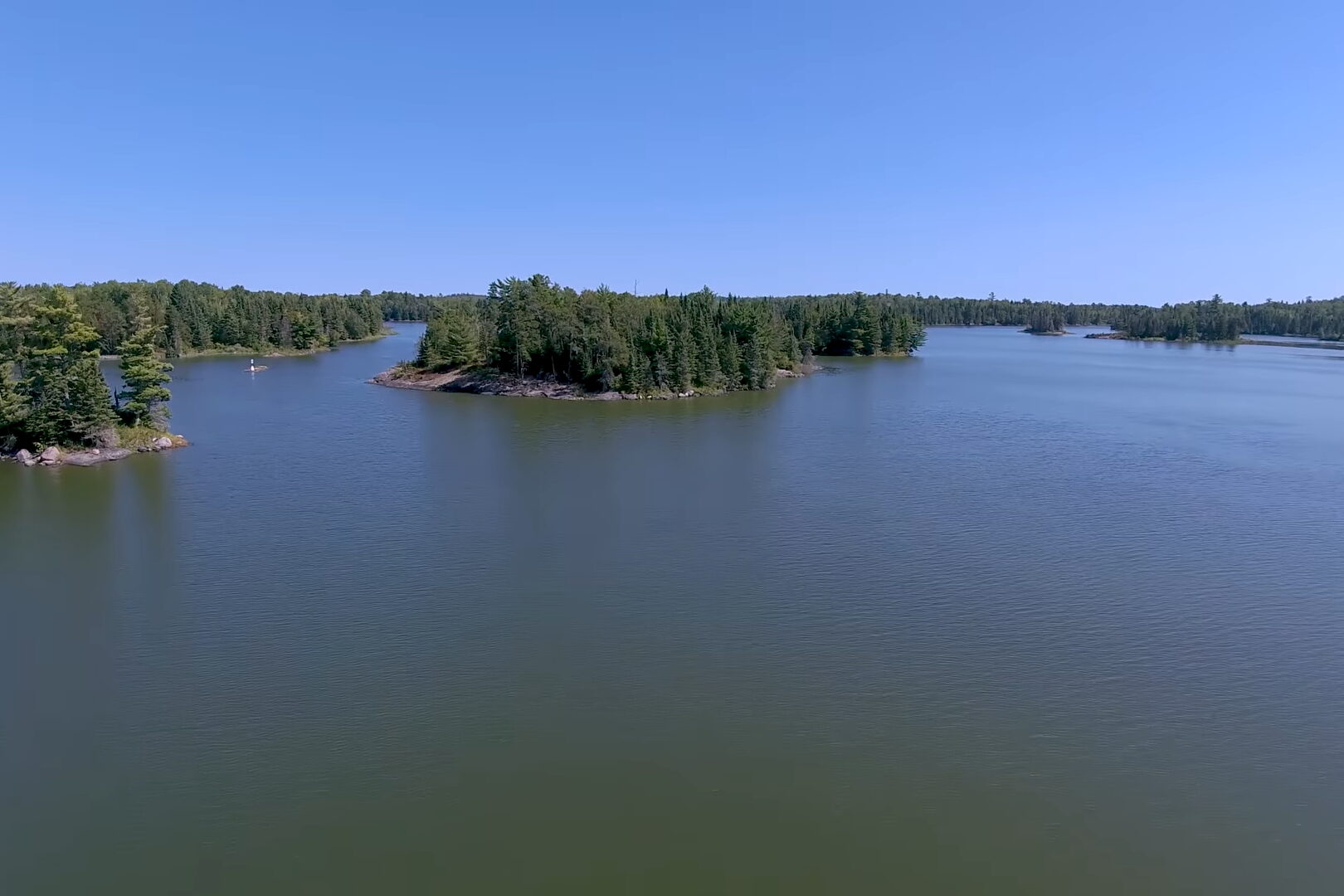
Big Green Lake, Wisconsin
Big Green Lake is a great fishing spot because it offers a variety of species, including lake trout, white bass, blue gills, smallmouth bass, and walleye. It is also one of the top 10 fishing lakes in the U.S. due to its calm scenery and relaxing environment, which makes it ideal for anglers.
Big Green Lake is located in Wisconsin and covers an area of approximately 1,200 acres. It’s considered to be Wisconsin’s deepest lake, with depths reaching up to 75 feet deep. Additionally, Big Green Lake provides ample opportunities for anglers looking to enjoy peace and quiet as there are over 15000 lakes located throughout Wisconsin.
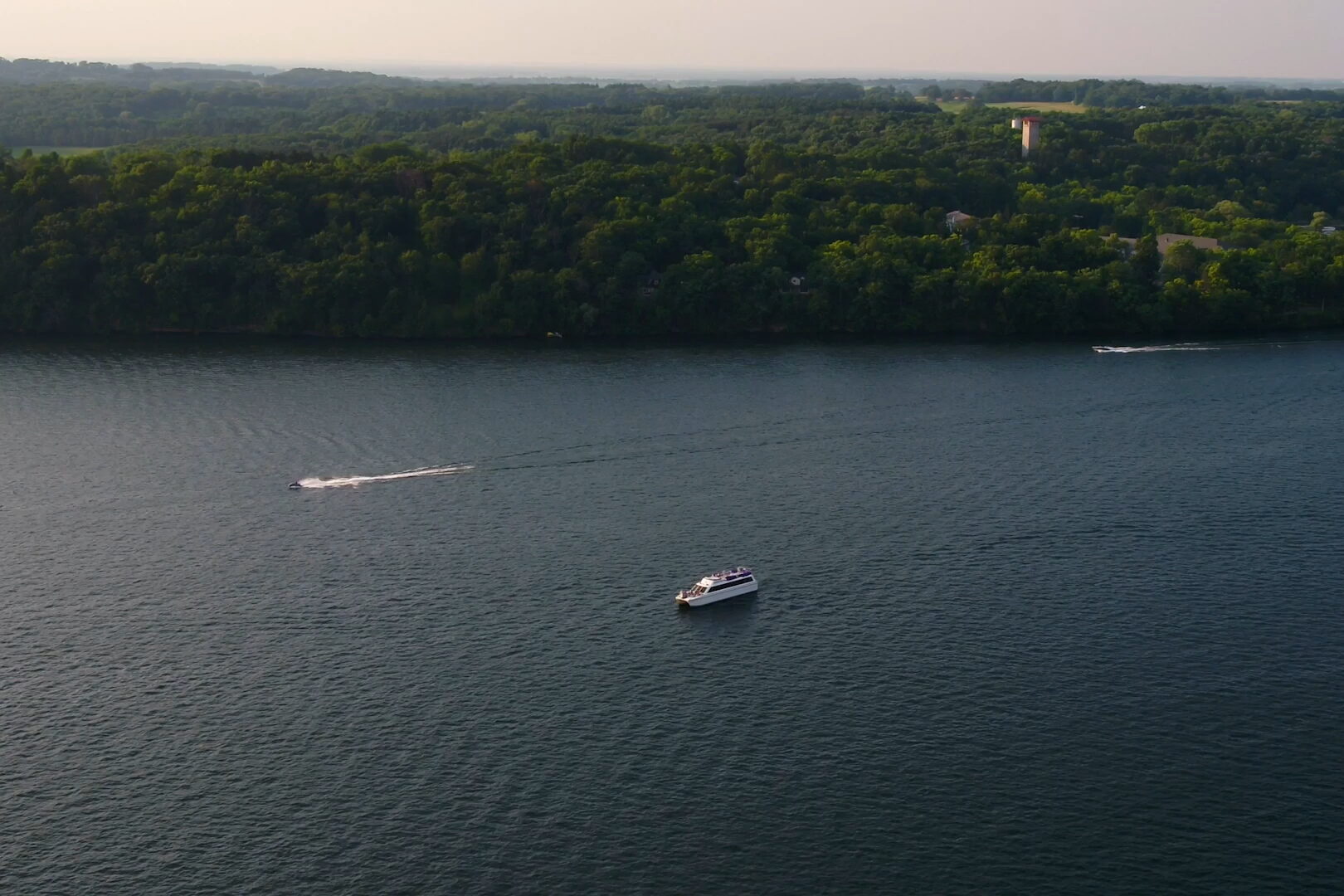
Hubbard Lake, Michigan
Hubbard Lake is a great fishing spot because it is well-stocked with various species, including trout, tiger muskie, walleye, and northern pike. It also offers excellent smallmouth bass and largemouth bass fishing. With over 11,000 lakes in Michigan to choose from, Hubbard Lake offers plenty of opportunities for anglers to catch their favorite freshwater fish.
Hubbard Lake is located in Barry County in the Central Michigan region of the state. It covers an area of approximately 995 acres with depths ranging from 12 to 52 feet deep. The lake has clear water that makes it easy for anglers to sight-cast their targets and enjoy excellent visibility underwater and on top of the water’s surface during their fishing trip. Additionally, there are several public access points around the lake where visitors can launch boats or park at no charge!
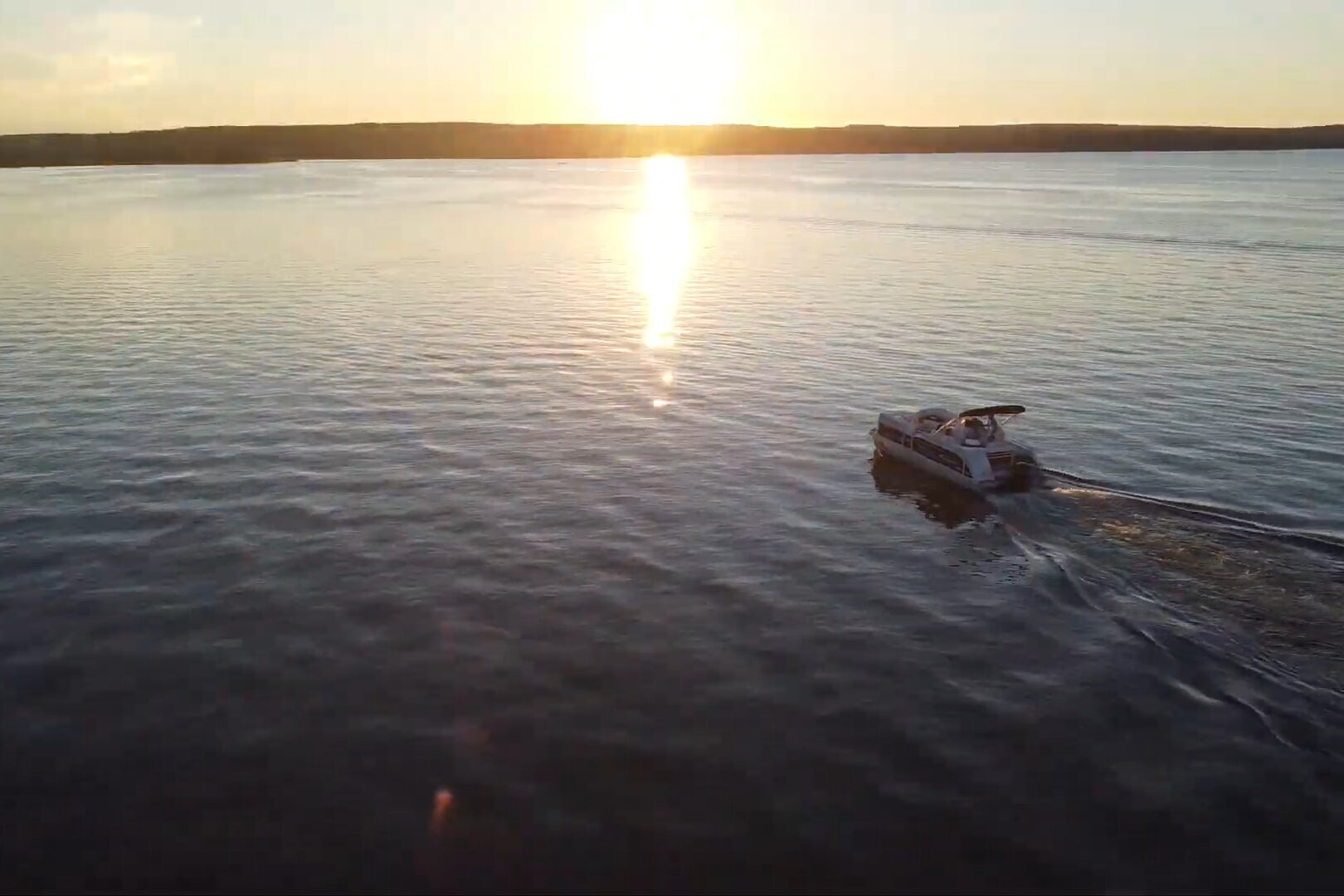
Rodman Reservoir, Florida
Rodman Reservoir is a great fishing spot because it offers a variety of fish species to catch year-round. High catch rates of bluegill and redear sunfish can be enjoyed by young anglers, while crappie and catfish can be caught during any season. Furthermore, the reservoir is known for its largemouth bass tournament fishery, attracting many experienced anglers from around the country.
Rodman Reservoir is located in South Florida and covers an area of approximately 82 square miles. It has depths ranging from less than five feet to over 40 feet deep, making it ideal for both beginner and experienced fishermen. Additionally, numerous access points around the reservoir provide ample space for launching boats or setting up shorelines for bank fishing activities.
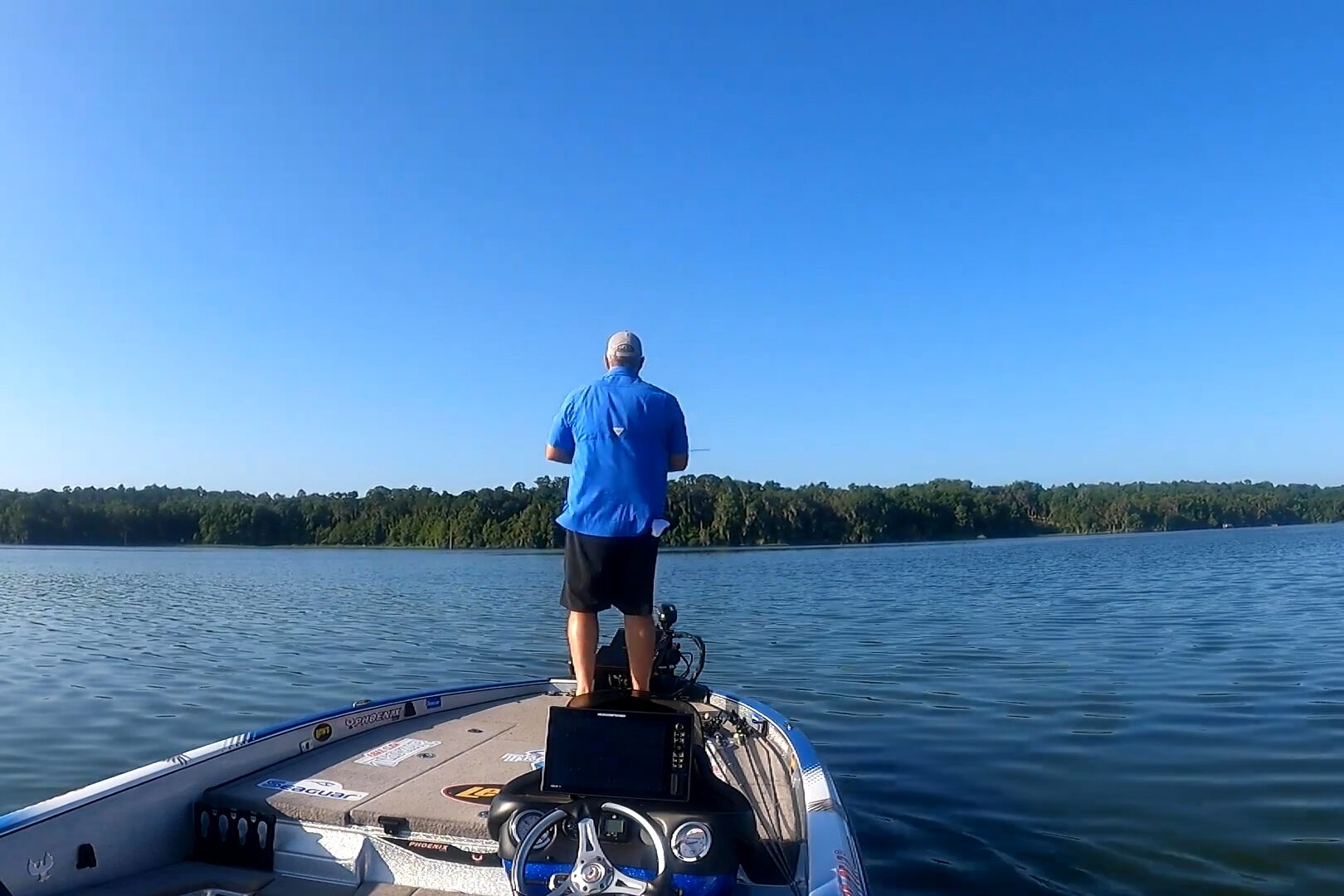
What to consider when fishing in North America
Type of Fish
Many different types of fish are found in North America for fishing. Some common types include:
• Bass: Bass are commonly found in freshwater lakes and rivers, and their meat is considered to be deliciously flavorful.
• Trout: Trout can be found both in freshwater and saltwater environments, with their meat being trendy among anglers.
• Salmon: Salmon are known for their powerful swimming ability, which helps them migrate upstream to spawn each year. The flesh of the salmon is also popular among fishermen.
Their flesh is also tasty when cooked properly! • Walleye: Walleye fish have large eyes that help them see better at night or in murky water – making them a popular choice among nighttime anglers.
Available Facilities
When fishing in North America, it is essential to consider the available facilities. There are many great fishing spots across the continent, but not all of them will have the same level of facilities. Some spots may have more primitive facilities, while others will have full-service marinas. It is essential to consider what kind of facilities you need in order to make your fishing trip a success.
Fishing Laws and Regulations
Fishing laws and regulations vary by region and state in North America. Most states require fishermen to obtain a license before fishing in their waters. Additionally, there are size limits for certain types of fish that must be followed to ensure the sustainability of the species. Other regulations may include restrictions on when you can fish or where you can use your gear. Contact your local Department of Fish and Wildlife office for more information about specific fishing laws and regulations in your area, or visit their website.
Weather Conditions
When fishing in North America, it is crucial to consider the weather conditions. Generally, the weather in North America is temperate and varies depending on the location. In coastal areas, temperatures are usually warmer than inland regions. The seasons also vary depending on location; for example, winters can be long and cold in northern regions, while they may only last a few months in southern areas. Additionally, rain showers are common throughout the year but tend to increase during the spring and summer months.
Safety
When fishing in North America, it is essential to consider safety. Many dangers can be present when fishing, such as large bodies of water, sharp hooks, and wild animals. It is important to be aware of these dangers and take precautions to avoid them.
One of the most important safety considerations when fishing is to always wear a life jacket. Wearing a life jacket will help you stay afloat if you fall into the water and provide warmth in cold water. Many drownings occur each year because fishermen do not wear life jackets.
Another safety consideration when fishing is to be aware of your surroundings. Pay attention to the weather and water conditions, and be sure to stay within your skill level. If you are fishing in an area with strong currents, be sure to use proper safety gear and follow all safety regulations.
Finally, be sure to properly clean and cook your fish before eating them. Eating raw or undercooked fish can lead to food poisoning.
Equipment Needed
The equipment needed for fishing in North America includes hooks, baits, licenses, and other items such as fishfinders, reels, and rods. Some fishermen also use boats or other vessels to increase their chances of catching fish. Additionally, some fishermen prefer using fly fishing gear or head boat gear instead of traditional methods like pier fishing or braking fishing.
How to catch different types of fish in North America
Salmon
1. Choose a fishing spot close to the water source where the salmon are known to spawn.
2. Use bait or lure to attract the fish and cast your line into the water.
3. Wait for the salmon to bite before reeling it in, as this will help prevent it from breaking free from your line or hook if it struggles with force.
4. Once you have successfully landed the salmon, remove the hook carefully and release it back into its habitat safely so that it can continue breeding in its natural environment without harm or injury from humans or the equipment used during fishing trips, like rods and reels, etc.
The best places to catch salmon are along North America’s Pacific coast regions such as Alaska, British Columbia, Washington State, etc., and along Canada’s Atlantic coast areas such as New Brunswick, Newfoundland & Labrador, etc.
Bass
1. Choose your fishing spot wisely. Bass tend to be more abundant in clear, shallow waters with many structures, such as rocks, logs, and vegetation.
2. Use the right bait for the situation; night crawlers, worms, and minnows are all excellent choices for catching bass in North America.
3. Cast your line into an area where you think the bass is hiding and wait patiently for a nibble or two before moving on to a new spot.
4. When you feel a strong tug on your line or see movement at the end of it, set the hook by quickly pulling it towards you while reeling in at the same time – this will help ensure that you catch whatever is on the other end of your line!
5 . Continue reeling until you’ve brought in your catch, then carefully remove it from the water so that it doesn’t get away again!
Bass can be found all over North America, but they tend to prefer warm waters with lots of vegetation, like those found along coastlines or around lakes and rivers.
Trout
1. Find a good spot to fish. Look for areas where the water is deep, and there is plenty of vegetation.
2. Use the right bait. Live bait, such as worms or minnows, works best.
3. Use the correct tackle. A light rod and reel with a 4-pound test line work well.
4. Cast your line upstream of where you think the fish are hiding.
5. Use a slow, steady retrieval. This will help keep the bait in front of the fish longer.
6. Be patient and wait for a bite. It may take a while, but it will be worth it when you finally hook a big one!
Trout fishing is a popular pastime in North America, and for a good reason. The continent is home to some of the best trout fishing spots in the world.
Catfish
1. Prepare your fishing gear, including a rod, reel, and bait.
2. Find a suitable location to fish, such as a lake or river with plenty of vegetation and structure for catfish to hide in.
3. Cast your bait into the water and wait for a bite; set the hook to catch the fish securely in place when you feel resistance on your line.
4. When you have caught enough catfish for dinner or bragging rights, reel them in slowly until they are close enough to grab with your hands or net them if needed.
5 . Cleaning instructions can be found online or by an experienced fisherperson.
The best places to catch catfish in North America are mainly located throughout the Midwest and Southern United States, with some subspecies found as far north as Canada.
Crappie
1. Find a suitable pond, lake, or river to fish in. Make sure it is legal to fish there and that you have permission from the owner if necessary.
2. Bring along a variety of lures such as crankbaits, poppers, spoons, jigs, and minnows to attract crappie species in your area (check local regulations first).
3. Cast your lure into spots where there are likely to be fish hiding, such as around submerged trees or near rocks/reefs/weed beds or other structures that provide cover for the fish species you are targeting.
4 . Wait patiently for a bite and set the hook when you feel resistance from the line or see movement on your rod tip. Be patient again, as it may take some time before you get another bite from the same spot.
It is essential to know where the crappie are located before starting your fishing trip so that you can target them more effectively with lures or bait. This information can usually be found in local fishing guides or by talking with experienced anglers in your area.
Sunfish
1. Find a location with warm, shallow water where sunfish will likely be found. This could be a pond, lake, or stream.
2. Use bait such as worms, corn, or bread to attract the fish and make sure it is large enough for them to bite on it quickly (about two inches long). You can also use artificial lures like spinners or jigs if you prefer not to use live bait.
3. Cast your line into the water and wait for the fish to bite before reeling them in slowly so as not to scare them away before they are hooked on well enough that they cannot escape easily again later on in the process of catching them fully later on down the line of this particular fishing session you have today out here at this particular location that you’ve chosen for this purpose today!
4. When you have caught a sufficient number of sunfish, unhook them from your line and release them back into their natural habitat so they can continue surviving and reproducing without interference from human activities like fishing which may disrupt their population dynamics over time if left unchecked!
Walleye
1. Choose the right bait for the fish you are targeting. Walleye typically prefer live minnows, nightcrawlers, and leeches.
2. Set up your fishing equipment properly to maximize your chances of catching a fish. Use heavy-duty lines and durable rods that withstand strong currents and large fish movements.
3. Find an ideal spot to cast your line from: Look for deep holes in rivers or lakes with abundant food sources, such as minnows or insects for the fish to feed on.
4 . Wait patiently before reeling in your line; walleye tend to bite best during sunrise or sunset hours when they are actively feeding near the water’s surface.
5 . Once you feel a tug on your line, reel it in slowly while maintaining constant pressure until you land your catch!
The best fishing spots for walleye can be found throughout North America – especially in Minnesota, Wisconsin, Michigan, Ontario, Quebec, and New England states such as Maine and Vermont – and parts of Canada’s Northwest Territories.
Tuna
1. Find a good spot to fish. Tuna are found in all the world’s oceans, but they tend to congregate near coastlines and in areas with deep waters and strong currents.
2. Use the right bait. Tuna are attracted to live bait, so using something like a squid or herring is a good idea.
3. Use the correct tackle. Tuna are big fish, so you’ll need heavy-duty tackle to stand a chance of landing one.
4. Be prepared for a fight. Once you hook a tuna, it will put up a fight. Be prepared for a long and exhausting battle.
5. Know when to fish. Tuna are most active in the early morning, and late evening, so those are the best times to go fishing for them.
FAQ
What are the most popular types of fish in North America?
North America is home to various fish species, including native lake game fish such as Black Bass, sunfish, walleye, crappie, muskie, and catfish; non-game fish such as the gar, drum, and carp; and saltwater striped bass, which has been stocked in lakes.
What type of fishing rod should I use at these spots?
When choosing a fishing rod, you should consider the type of fish you want to catch and the conditions you will be fishing in. For example, if you’re fishing for trout or other freshwater fish, you would need a different type of rod than if you were targeting ocean species like striped bass or albacore tuna. The same goes for saltwater fishing – you need to take into account the type of fish you want to target, as well as the waves and currents where you’ll be fishing.
What kind of bait work best for fishing in North America?
North America offers some of the best fishing in the world due to its variety of lakes, bass fishing opportunities, and beautiful scenery. To maximize your chances of catching fish in North America, use bait such as worms, lures, flies, and live bait like shrimp or trout. For bass fishing specifically, try using artificial lures that resemble a variety of prey, such as frogs and crayfish.
What kind of amenities is available at some of these spots?
Some of the best fishing spots in North America offer a variety of amenities to make your experience more enjoyable. From cabins and R.V. hookups to restaurants and tackle shops, you can find everything you need to make the most of your trip.
If you’re looking for a place to stay, many of the spots on our list offer cabins or R.V. hookups. If you’re planning to fish for a living, you’ll want to make sure you have access to the best tackle and equipment. And if you’re just looking for a place to relax and enjoy the scenery, you can find plenty of spots that offer restaurants and other amenities.
What type of wildlife can I expect to see while fishing in North America?
While fishing in North America, wildlife such as birds, mammals, insects, and reptiles can be found. Birds include waterfowl such as ducks and geese, shorebirds such as plovers and sandpipers, and seabirds such as albatrosses and terns.
Mammals include bears (black bears and brown bears), deer (mule deer, whitetail deer), and moose (elk). Insects include mosquitoes, flies, and other annoying bugs that can ruin your day. Reptiles include alligators (in Florida only) and turtles of various types, including snapping turtles which are known for their powerful bite.
What type of fishing techniques should I use at these spots?
There are a variety of different fishing techniques that can be used depending on the type of fish you are trying to catch. For example, if you are fishing for salmon, then using a technique like fly fishing would be ideal.
However, if you are trying to catch a larger fish like a marlin, then using deep-sea fishing techniques would be more effective. It is vital to research the type of fish you are trying to catch and the best techniques to use before heading out on your fishing adventure.

